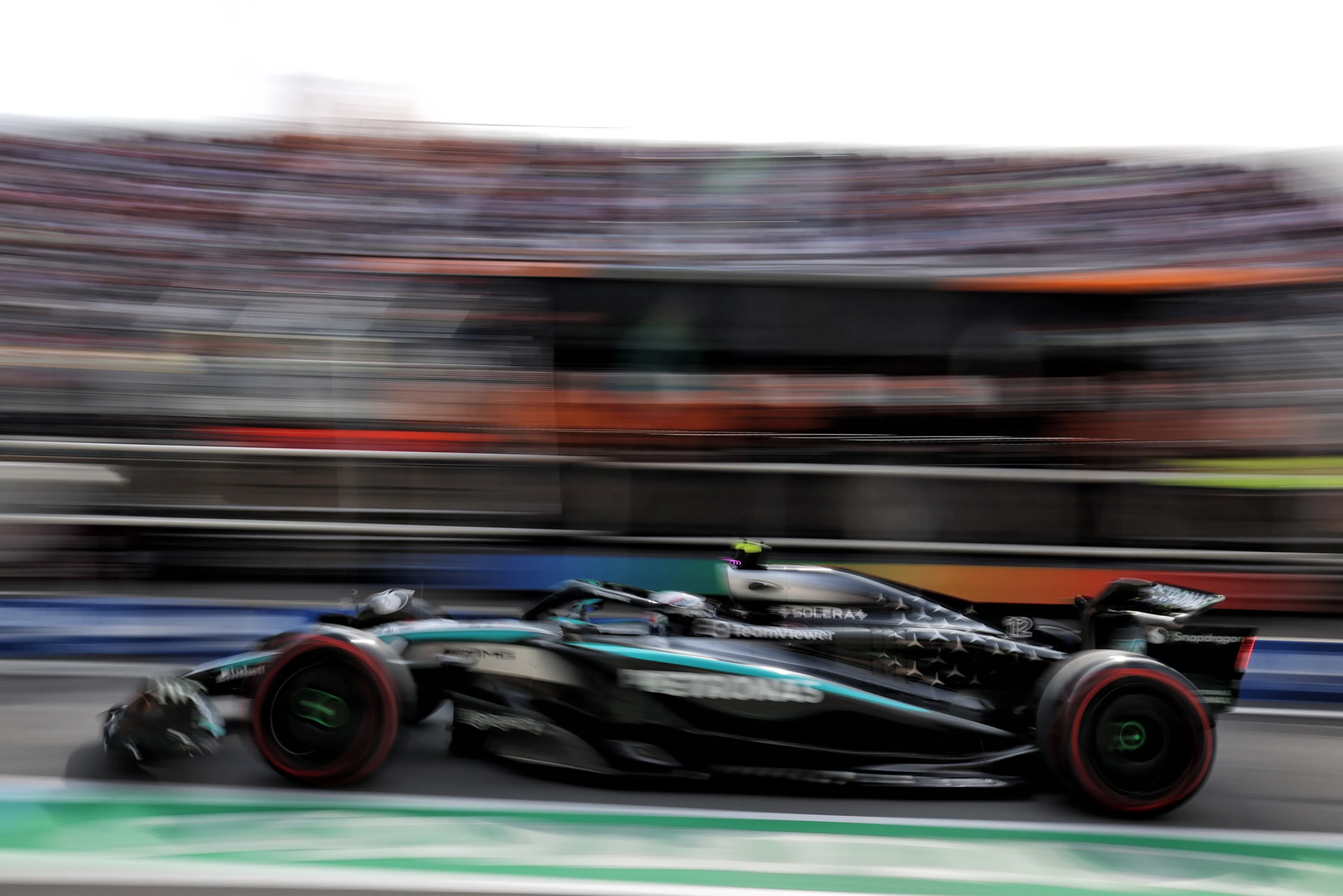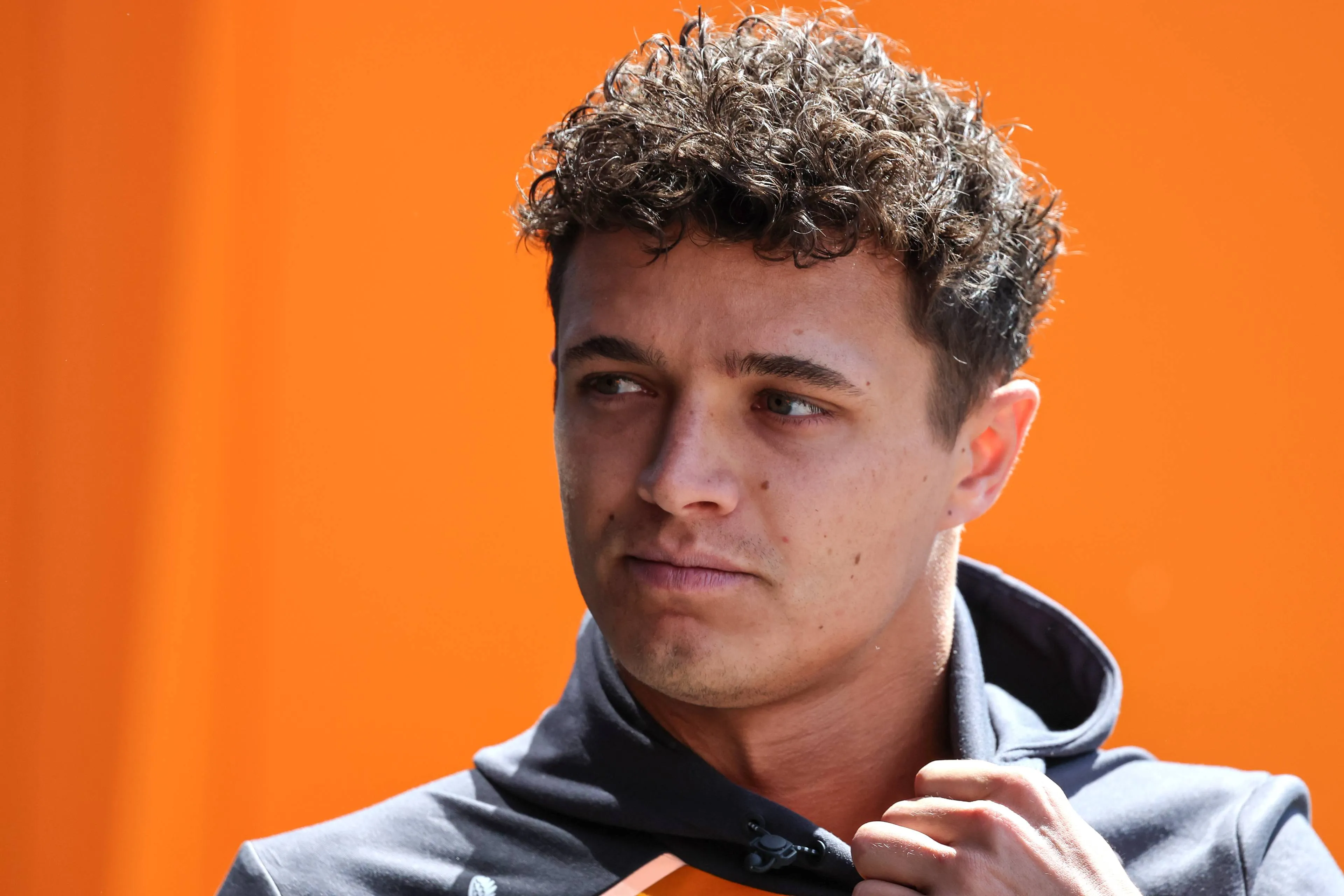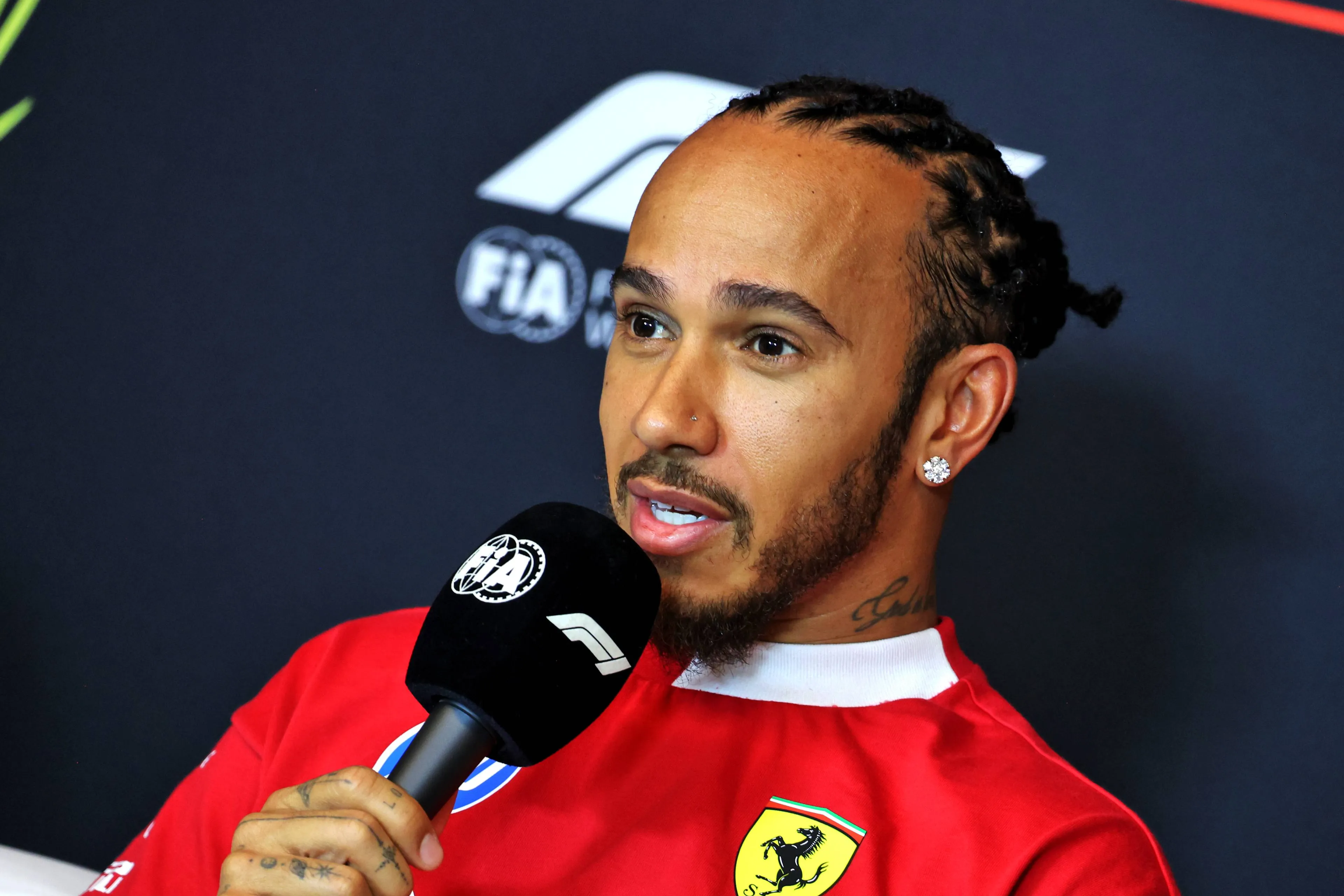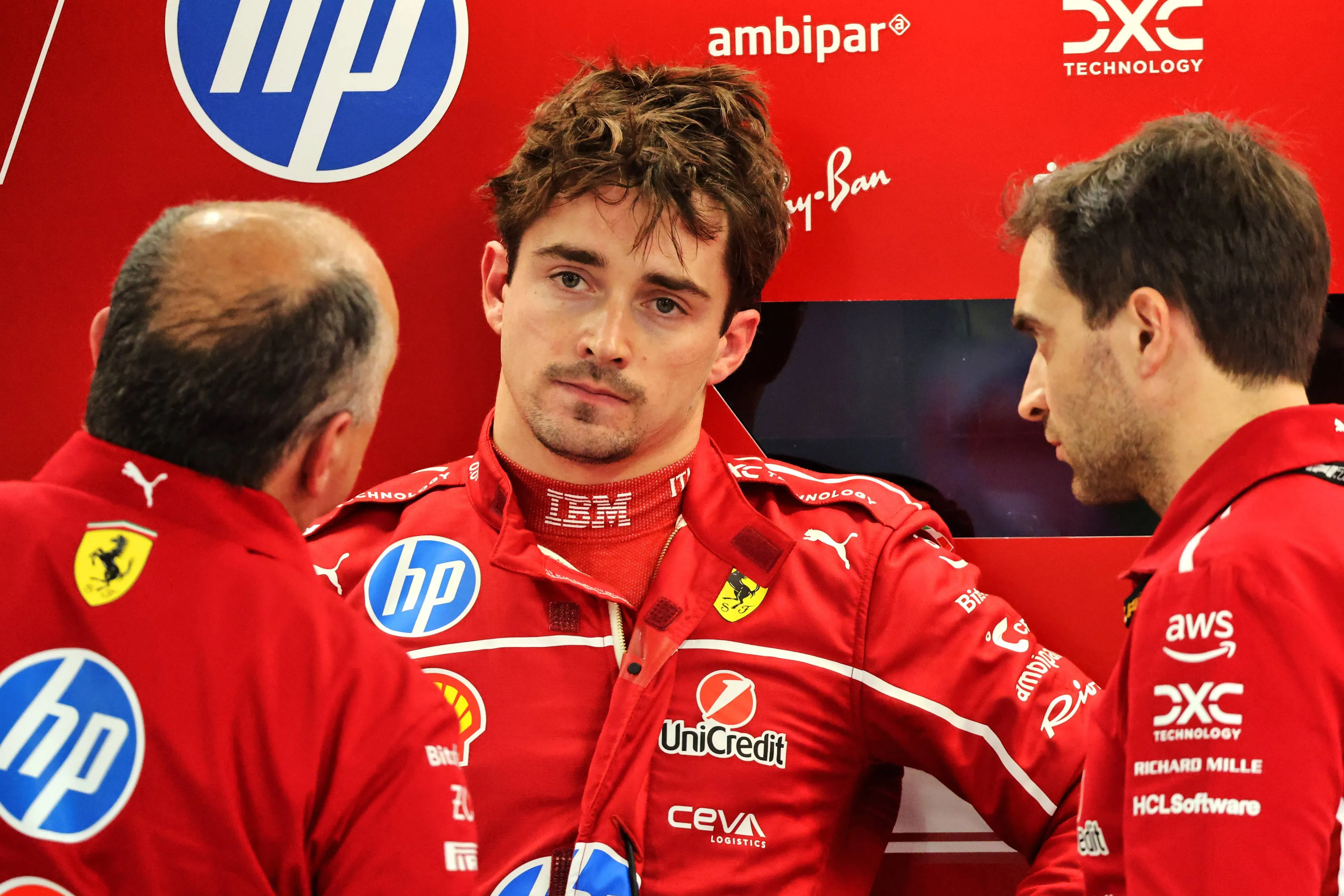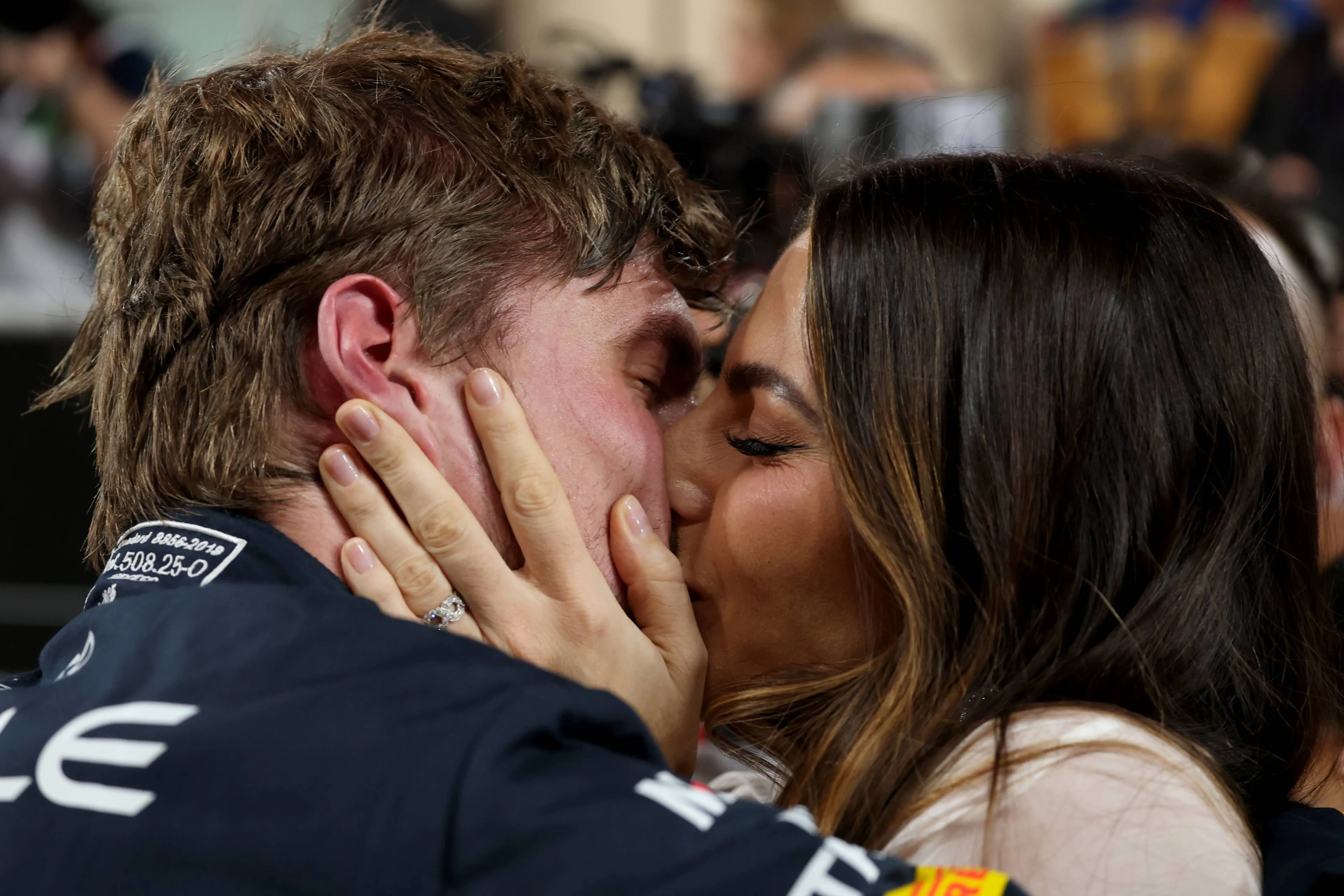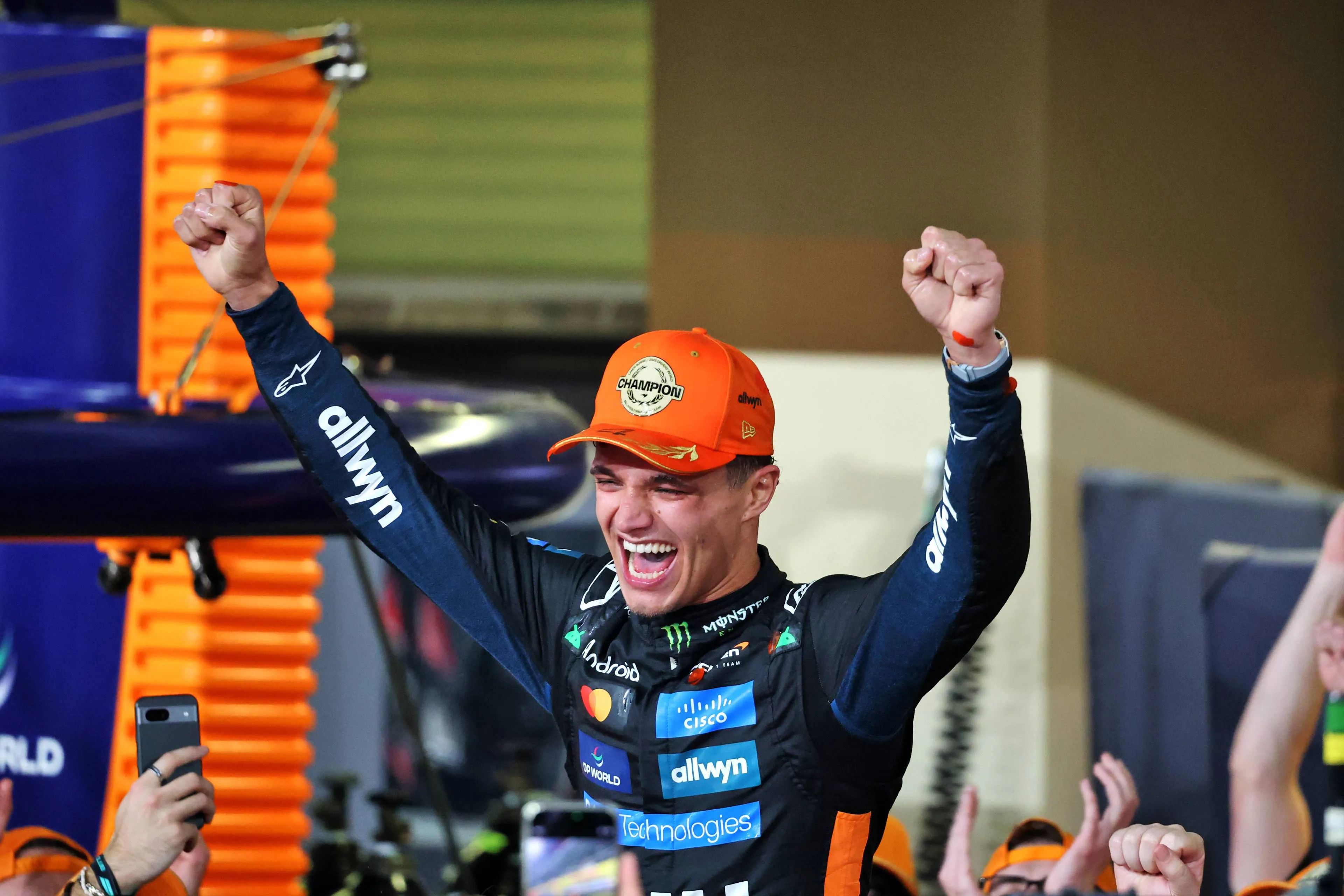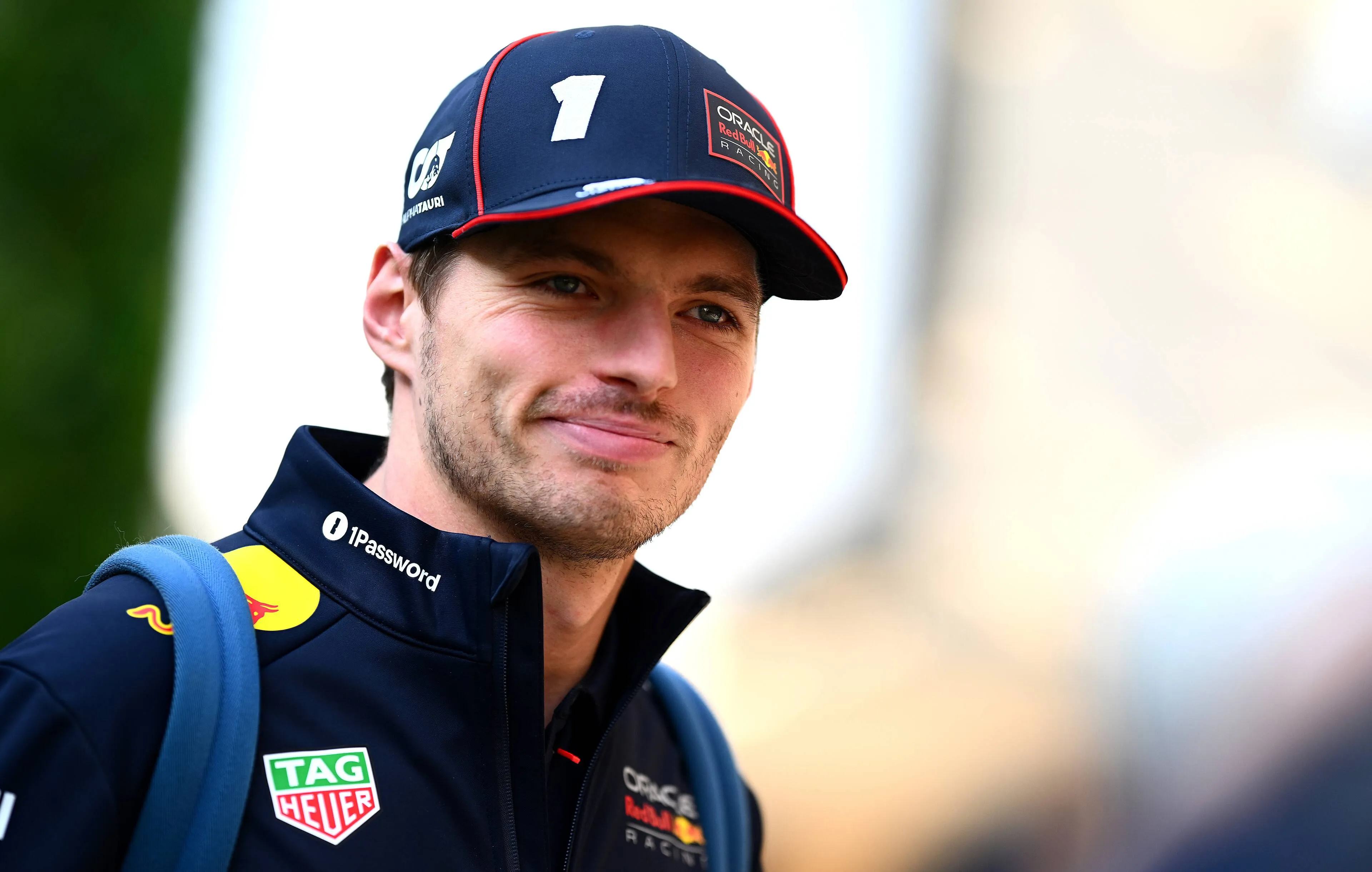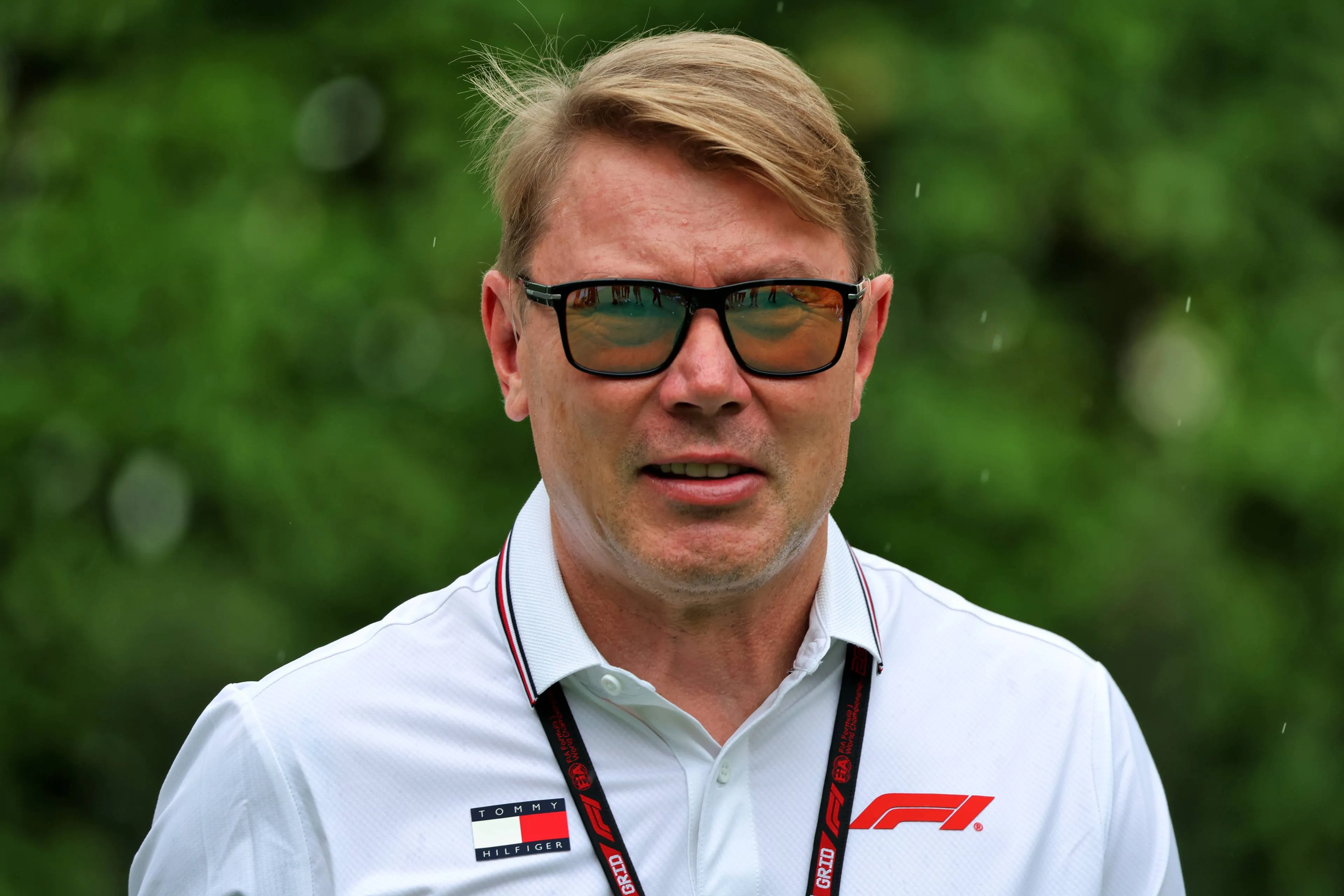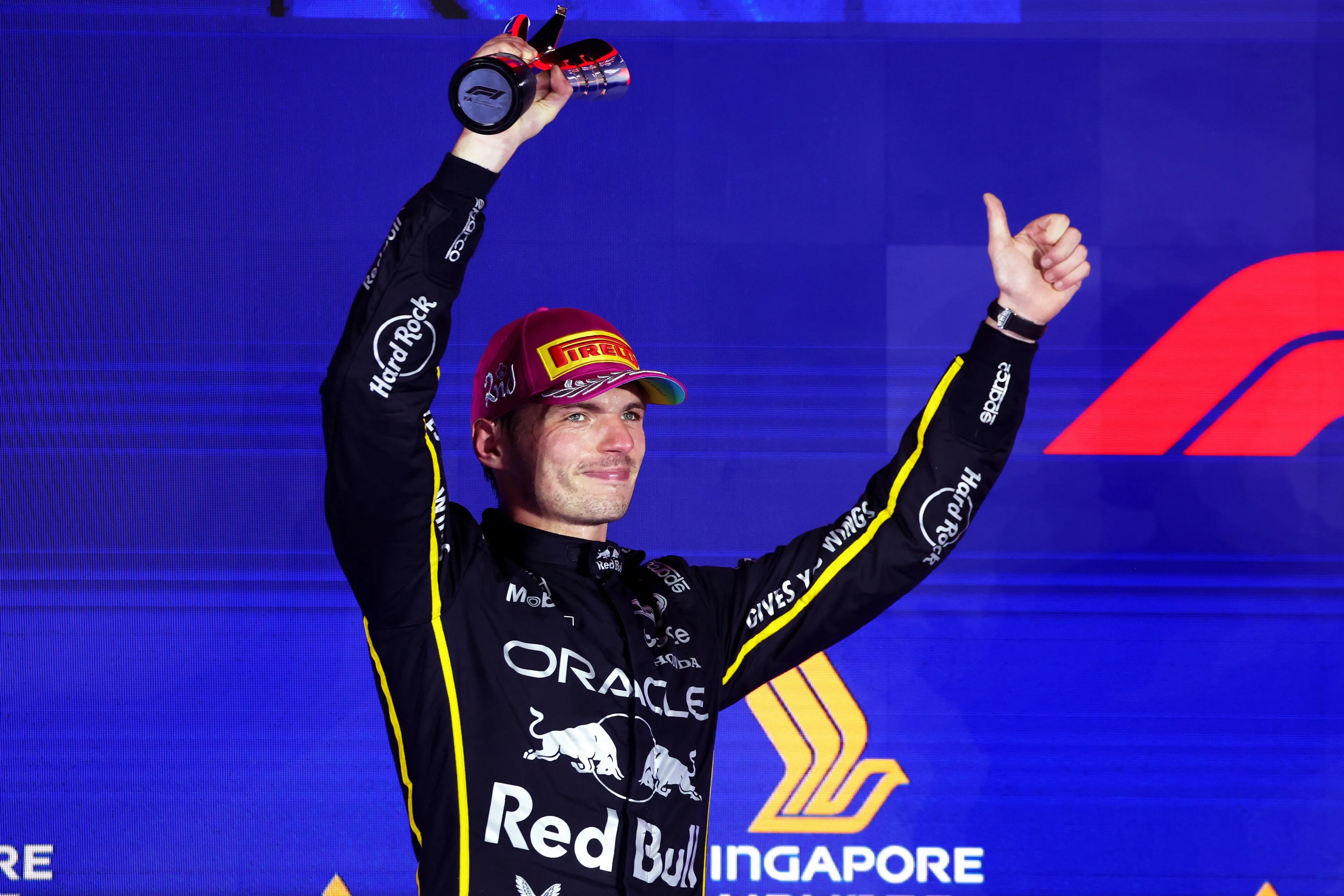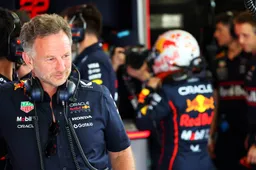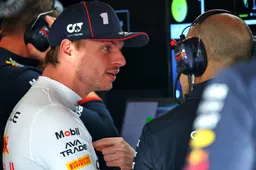F1 Tech | Unique scenario in Montreal, McLaren trip despite upgrades as rivals gain momentum
15:06, 14 Jun
0 Comments
The first action at the Circuit Gilles Villeneuve showed a very close grid, with top teams fighting for positions with different set-ups and compounds. Mercedes and Williams looked particularly strong especially in kerb riding and traction, while Red Bull and McLaren suffered in both practices, despite upgrades for the latter. Let’s try to analyse what happened today.
The two hours of practice sessions on Friday offered a very unusual scenario, as Mercedes were immediately very strong on both the C5 medium and the C6 soft tyres, despite the struggles in the last few races.
The conditions and the track layout clearly favoured the W16, which behaves particularly well in traction and when temperature is cool, as this prevents their rear tyres from overheating. This was exactly the case in Montreal, where the low temperature favoured a better rear tyre grip out of slow speed corners.
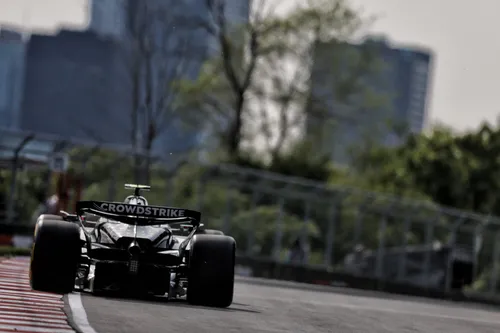
Mercedes during FP1
Moreover, for this Grand Prix, the team have decided to use the rear suspension they brought to Imola, after putting it aside for the last few races. This new component probably gives the W16 a better balance between front and rear grip especially at slow speed, providing a great traction out of Montreal’s slow corners.
These aspects combined allowed both Russell and Antonelli to be extremely competitive in FP2, not only in qualifying simulation but also in race pace, having the quickest average pace on the medium tyre compared to the McLarens and Verstappen.
McLaren: a difficult day despite upgrades
Moving now onto McLaren, they had one of the most difficult Fridays since the beginning of the season, with a very unstable car in the majority of corners, as the balance of the MCL39 shifted from understeer to oversteer depending of the corner kind.
The team also brought a small package of upgrades (the first of the season), with small changes concerning the front wing, the front suspension fairings and the rear wing.
In terms of the front wing, the main changes concern the connection of the flaps to the endplate: the new design now features a "mermaid's tail" shape, with a series of vortex generators that aim at pushing the air outside the front tyre, maximising the outwash phenomenon.
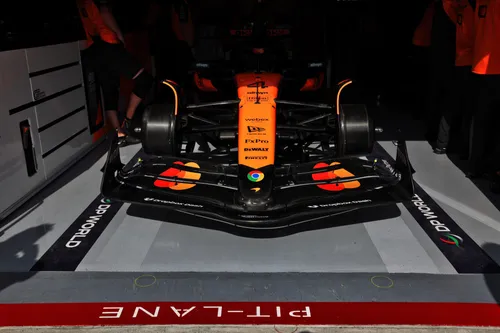
The old front wing version used by Norris in FP1
As a consequence of this subtle change, the front suspension fairing has been re-profiled to improve the airflow to the bodywork, improving the overall efficiency of the car.
Last but not least, the team also brought a new medium-low downforce rear wing, to better suit their car to the Montreal layout: the new rear wing design is very similar to the one used in the last few races of last season, with the typical “V-shape” design that aims at producing a lot of downforce in the central portion of the main plane, while the connection to the endplate is much more unloaded to reduce drag.
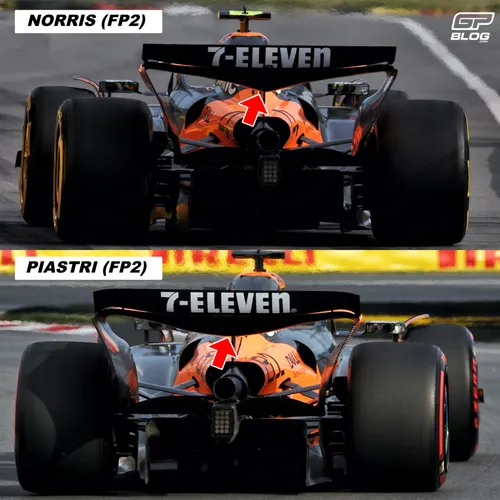
The MCL39's rear wing comparison between Norris and Piastri
Piastri tested the whole package in FP1, doing comparison runs with aero-rakes fitted on his MCL39 to gather data, while Norris kept using the old front wing spec and a higher downforce rear wing during the first hour. During FP2, instead, Norris ran the new package and Piastri the old one, making comparisons to understand which one fitted the Montreal layout best.
Despite the new components, neither of the two cars appeared to be stable on Friday: both Norris and Piastri, in fact, struggled a lot with the car balance on all compound of tyres, as it shifted from understeering in high speed corners to oversteering in the slow speed, making the car very difficult to drive.
Moreover, the C6 soft tyres seemed to give McLaren some headaches, as they could exploit its full grip only after a few laps on it, making everything even more complicated.
For all these reasons, the team need to do their best and a lot of overnight work to find the best compromise between the two axles and make the car more predictable and easier to drive, if they want to fight with Mercedes for important positions.
Read also
Red Bull and Ferrari: the "hidden" potential needs to be expressed
Moving on to analyse Red Bull’s day, Verstappen had a very strong and solid first practice, but struggled a lot during second practice.
The RB21 looked much more nervous to drive in the slow-speed corners, showing off some problems that have already been frequent during the first half of this season. Verstappen complained of understeering and the car seemed much more unstable on kerbs as well.
Despite these struggles over the single lap, the race pace was instead good: the average on the medium tyre was very similar to the McLaren’s and Mercedes’s, meaning that if Red Bull manage to give Verstappen a much more competitive car over the single lap, he has all the cards to get a victory on Sunday.
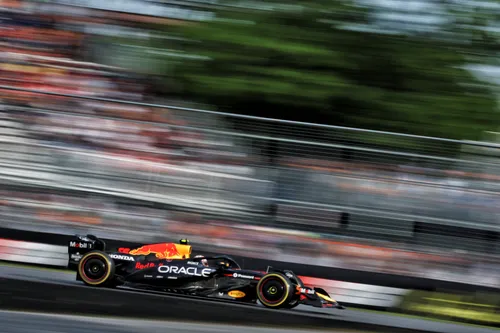
Yuki Tsunoda in FP2 on the medium tyre
Last but not least, Ferrari had a very difficult but prominent day as well: Charles Leclerc’s crash in FP1 was a big disadvantage for the team, as they had to run with a single car for the rest of the day. Despite this, Hamilton seemed to be much more confident with the car, setting competitive laps on the medium and on the soft in the qualifying simulation.
On the other side, the race pace sims seemed a little bit worse than those of the three top teams mentioned above, but if Ferrari’s engineers manage to find a good compromise to the SF-25 balance between qualifying and race, they can clearly aim at a good result on Sunday.
In conclusion, the first day of practice offered an unusual and exciting show, with all 20 cars within a second. The scenario could change significant on Saturday, but mainly depends on how teams will be able to improve their cars’ performance, but the certain thing is that a great weekend of racing awaits.
Read also
Read more about:
Popular on GPBlog
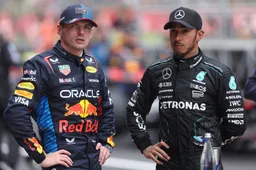
1
Verstappen opts for Hamilton's old race number for F1 2026
97140 times read
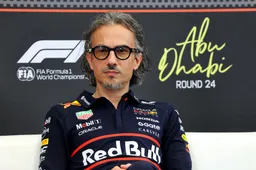
2
Red Bull Racing director steps down, only Mekies remains in charge
11103 times read
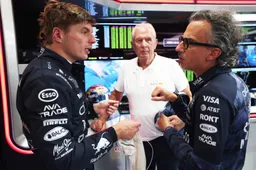
3
Red Bull confirms 'successor' to Marko within its successful Junior Team
2697 times read

4
Martin Brundle reveals his pick for 2025’s finest F1 driver
1660 times read
Loading
